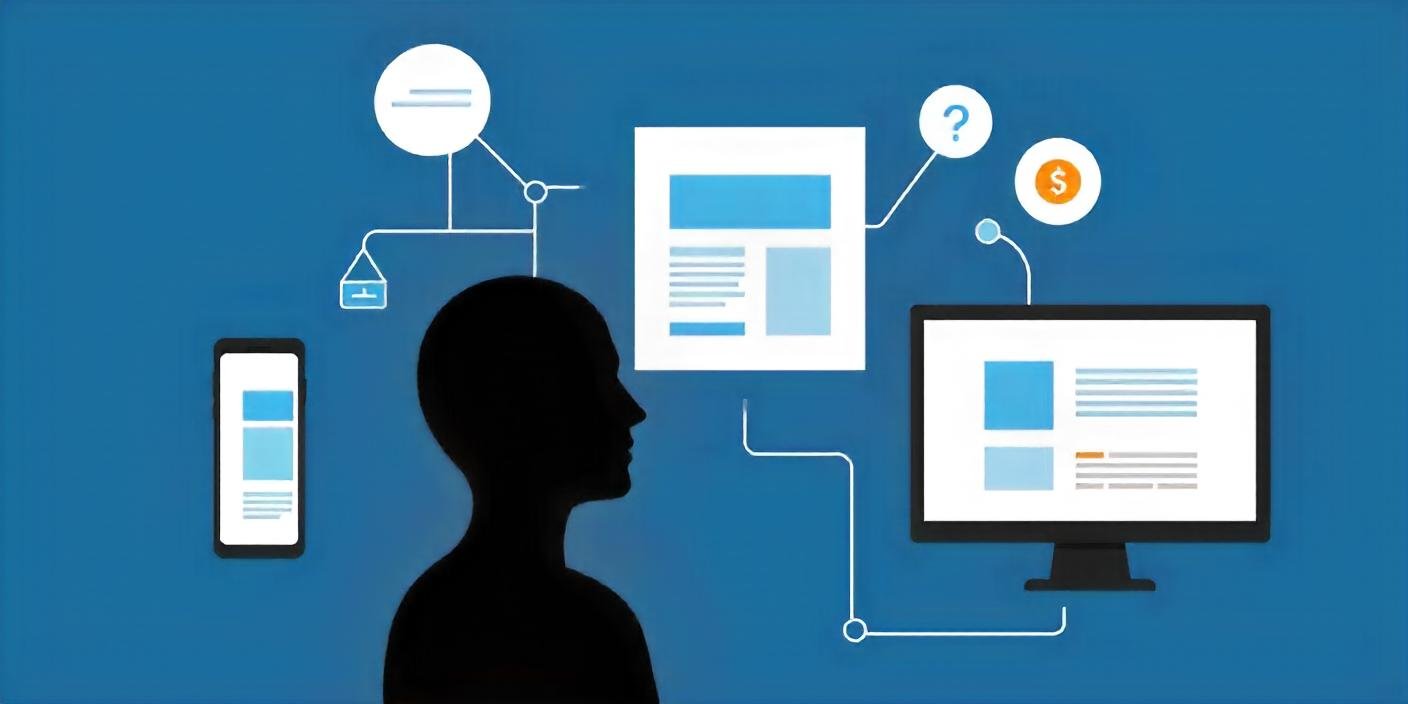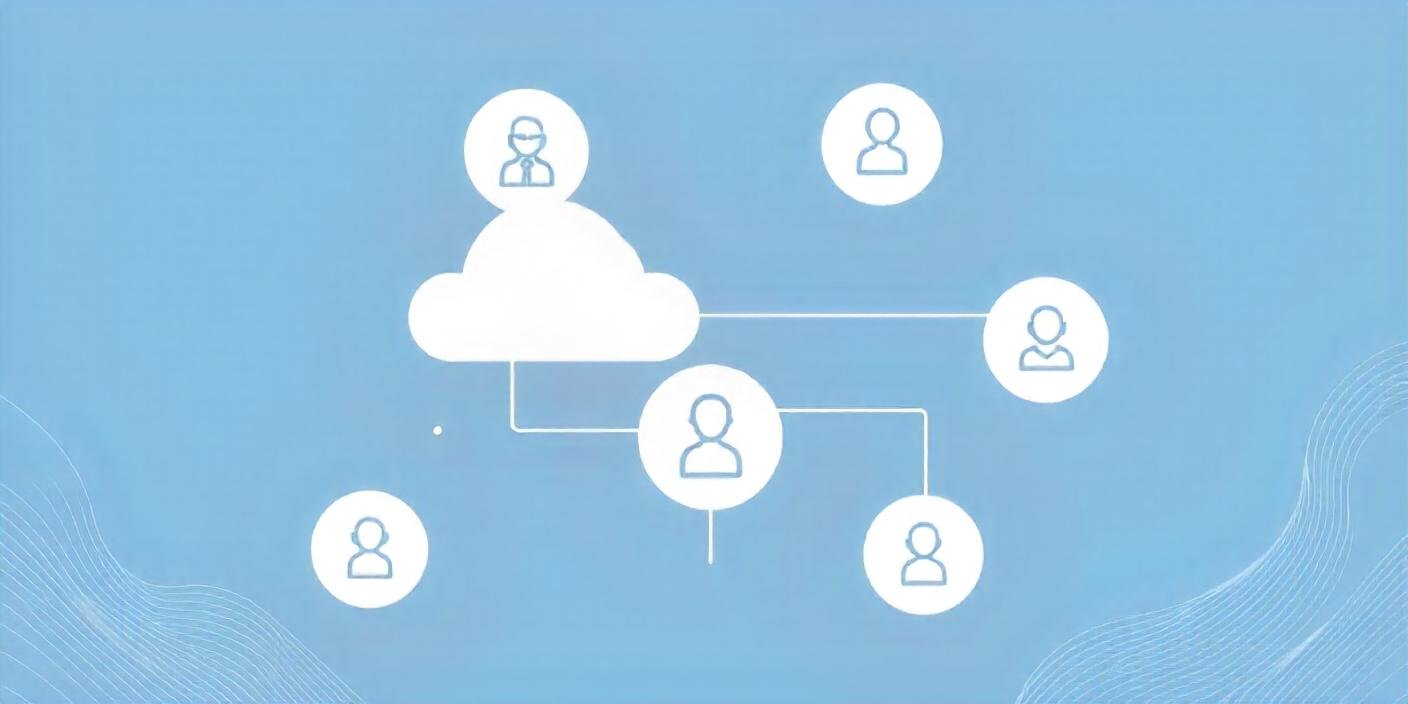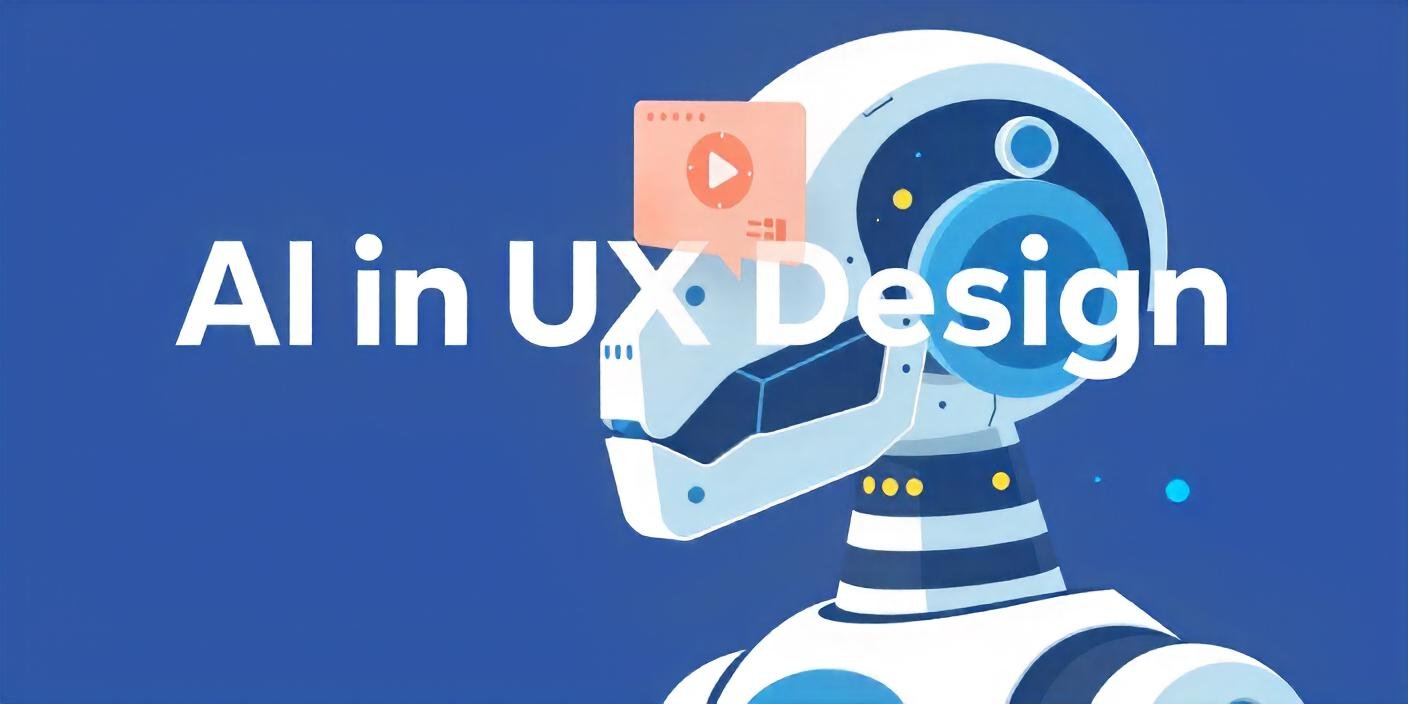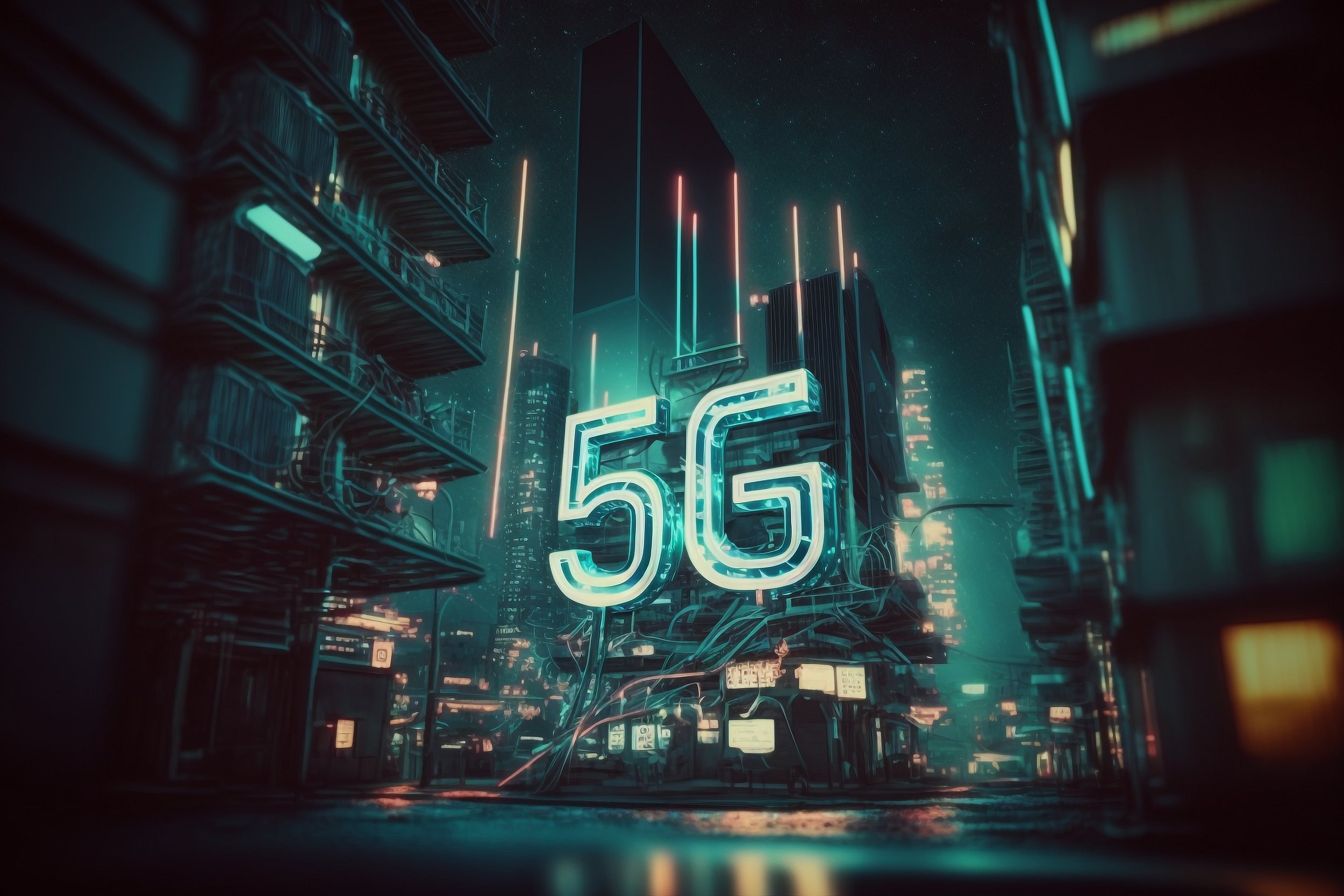
TechNews
Latest updates and insights on tech.
Psychology of Web Design
The connection between psychology and web design plays a crucial role in shaping how users interact with digital platforms. This study uses case studies and user testing to uncover how psychological principles influence behavior and perception online. It identifies the key factors behind effective design strategies and offers practical insights for creating websites that not only capture attention but also keep users engaged across different audiences—drawing from cognitive psychology, emotional design, and usability best practices.
Cloud Solutions for Teams
Cloud solutions are reshaping how teams collaborate and share data within organizations. This study takes a structured look at the methods, key findings, and practical outcomes of adopting cloud technologies, showing how they simplify collaboration and improve data access. It also highlights the growing role of cloud computing in supporting flexibility, scalability, and innovation across modern business operations.
Technical Video Production
A comprehensive examination of video production unpacks the technical foundations that shape effective content creation. The study reviews key methodologies, research findings, and their practical implications, offering detailed insights into cinematography techniques, digital workflows, and equipment selection. It also provides thoughtful recommendations for future exploration in the evolving field of video production technology.
Email Personalization Tips
Personalized email strategies are proving essential in increasing open rates and driving engagement. This study examines a range of techniques, detailing the methods used, key findings, and practical implications for marketing teams. Through literature review and hands-on research, it offers clear, applicable guidance for creating more impactful and tailored email campaigns.
AI in UX Design
The role of Artificial Intelligence in UX design is reshaping how users interact with digital products. This study explores how AI enhances usability, satisfaction, and overall experience, detailing the methods used, key findings, and what they mean for integrating AI-driven improvements into modern design workflows. It offers clear takeaways for designers and researchers working at the intersection of technology and user experience.
Social Media Engagement
A focused investigation into current social media trends and tools reveals effective ways to boost user engagement. The study covers methodologies, key findings, and practical implications for refining digital marketing strategies and improving interaction metrics across platforms.
Modern Corporate Rebranding
A closer look at modern branding techniques shows how they play a pivotal role in reshaping corporate identity. The research outlines its purpose, approach, main findings, and practical implications for companies aiming to strengthen brand relevance and remain competitive in today’s market.
Digital Visual Storytelling
An in-depth look at visual storytelling highlights its transformative role in digital content creation. The study examines its purpose, methodologies, main findings, and implications, focusing on how visual narratives enhance audience engagement and strengthen brand communication in the digital age.
Virtual Team Collaboration
A comprehensive examination of virtual team management reveals the most effective practices and strategies for enhancing remote collaboration. The study outlines its purpose, methodologies, key findings, and implications, offering actionable insights for organizations navigating the complexities of remote work environments.
360° Video Impact
A detailed investigation into 360-degree video technology uncovers its significant influence on modern content creation strategies. The study presents its purpose, methodologies, key findings, and implications, emphasizing the evolution of multimedia storytelling and enhanced user engagement in the digital age.
Email Automation Evolution
An in-depth analysis of the evolution of email automation tools reveals their transformative effect on marketing campaign performance. The study outlines the purpose, methodologies, key findings, and broader implications, emphasizing how technological advancements and strategic innovations have redefined the landscape of email marketing automation.
Interface Design Future
Interface design has progressed significantly from its early days of graphical user interfaces (GUIs) to encompass a broader framework that integrates user experience (UX) principles. As digital interactions become more pervasive across various devices and platforms, the demand for intuitive, efficient, and engaging interfaces continues to grow. This evolution necessitates a forward-looking approach that anticipates and embraces emerging technologies and user expectations beyond traditional UI/UX frameworks.
Generative Models: Data Creation
Deep learning has revolutionized various fields by enabling machines to learn complex patterns from data. However, a significant limitation of traditional deep learning models lies in their focus on classification or prediction tasks. Generative models, a subfield of deep learning, address this gap by learning the underlying distribution of data and generating entirely new samples that resemble the training data. This article delves into the concept of generative models, exploring their core principles and the various techniques employed, with a particular focus on Generative Adversarial Networks (GANs). We discuss the applications of generative models in creating realistic images, sounds, and even text formats, highlighting their potential to revolutionize various creative industries and scientific research fields.
5G: Powering Tech
The emergence of 5G technology marks a significant leap forward in mobile communication. This next-generation network boasts superior capabilities compared to its predecessors, offering vastly improved data speeds, ultra-low latency, and significantly higher network capacity. This article explores the transformative impact of 5G on various emerging technologies, analyzing how its unique features empower advancements in Augmented Reality (AR), Virtual Reality (VR), the Internet of Things (IoT), and autonomous vehicles. We examine how 5G fosters seamless data exchange, real-time interactions, and high-fidelity experiences within these domains, paving the way for innovative applications and advancements.
Scaling IoT: Navigating Growth
The Internet of Things (IoT) has emerged as a transformative force, connecting physical devices to the digital world and fostering a revolution in data collection, automation, and connectivity. However, as the number of connected devices explodes towards billions, a critical challenge emerges scalability. This article delves into the complexities of scaling IoT deployments, exploring the limitations of current infrastructure and the challenges that arise in managing, securing, and processing data from a vast network of interconnected devices. We discuss various solutions and strategies to address these challenges, including advancements in network architectures, data management techniques, and device security protocols. By outlining these challenges and potential solutions, this article aims to guide the development of robust and scalable IoT ecosystems capable of supporting the ever-growing demands of a hyperconnected future.
Autonomous Vehicles: Safety and Ethics
Autonomous vehicles (AVs), also referred to as self-driving cars, represent a transformative technology with the potential to revolutionize transportation. These vehicles, equipped with advanced sensors, software, and processing capabilities, promise a future of increased safety, reduced traffic congestion, and improved accessibility. However, the widespread adoption of AVs necessitates careful consideration of ethical and regulatory challenges. This article explores the technological advancements leading to AV development, delves into the ethical dilemmas surrounding decision-making in critical situations, and analyzes the evolving regulatory landscape. By acknowledging these challenges and fostering collaborative solutions, we can navigate a path towards a future where AVs provide safe, ethical, and responsible transportation.
Biometric Authentication Today
Biometric authentication technologies are revolutionizing the way we verify our identities in the digital world. By leveraging unique biological and behavioral characteristics, these systems offer enhanced security and convenience compared to traditional methods like passwords and tokens. This article delves into the advancements in biometric authentication technologies beyond traditional fingerprint and facial recognition. We explore emerging modalities such as vein recognition, voice recognition, and gait recognition, analyzing their strengths, weaknesses, and potential applications. Additionally, the article discusses the challenges and considerations surrounding the adoption of these technologies, including privacy concerns, security vulnerabilities, and interoperability issues. By fostering innovation and addressing these challenges, we can unlock the full potential of biometric authentication for a more secure and user-friendly digital future.
Next-Gen Photovoltaic Cells
Solar energy represents a clean, abundant, and sustainable energy source with the potential to revolutionize global energy production. However, the efficiency of current photovoltaic (PV) cell technology limits its widespread adoption. This article explores advancements in next-generation PV cell materials and technologies that hold promise for dramatically increasing efficiency and driving down costs. We examine novel materials like perovskites and tandem cells, alongside innovative concepts such as organic-inorganic hybrids and luminescent solar concentrators. By exploring these advancements, we can illuminate a path towards a future powered by efficient and cost-effective solar energy.
IoT: Building Smarter Cities
Rapid urbanization poses significant challenges in managing resources, infrastructure, and citizen well-being. The Internet of Things (IoT) emerges as a transformative technology, enabling the creation of smart cities. This article explores the integration of IoT devices in monitoring and managing critical urban infrastructure, focusing on traffic management, waste management, and energy use. We examine how sensor networks, data analytics, and interconnected devices can optimize resource allocation, improve service delivery, and enhance citizen quality of life. Challenges and considerations regarding data privacy, security, and infrastructure investment are also addressed. By harnessing the power of IoT, cities can pave the way for a more sustainable, efficient, and livable future.
Blockchain: Supply Chain Transparency
Modern supply chains are complex networks spanning continents, often needing more transparency and efficiency. Blockchain technology emerges as a transformative solution, offering an immutable and secure ledger system for recording transactions and tracking the movement of goods. This article explores the potential of blockchain to revolutionize supply chains, focusing on how it enhances transparency, traceability, and trust. We examine how blockchain technology streamlines information sharing, facilitates accountability, and empowers consumers with knowledge of product origin and ethical sourcing practices. Challenges and considerations regarding scalability, interoperability, and energy consumption are addressed. By harnessing the power of blockchain, businesses and consumers can collaborate towards building more transparent, efficient, and sustainable supply chains.




















